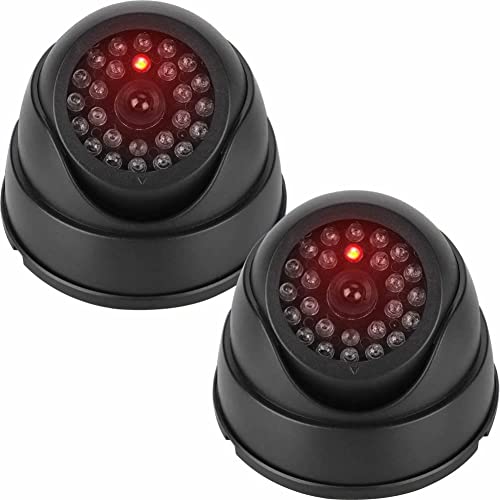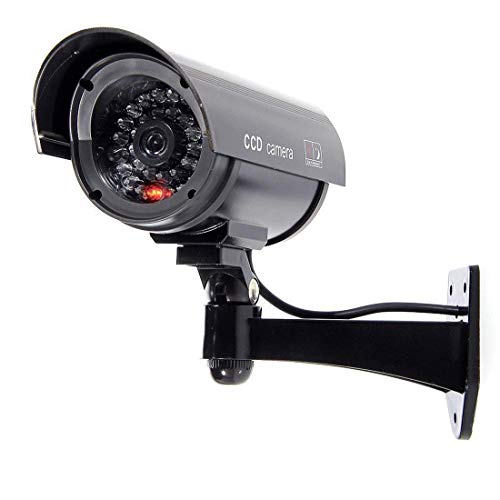What is a Dummy Camera and How Does it Work?
Understanding Dummy Cameras
A dummy camera, as the name suggests, is a non-functional imitation of a real surveillance camera. It is designed to look like an actual camera but does not capture video footage or operate in the same way as a genuine security device. Instead, its primary purpose is to deter potential intruders or wrongdoers by creating the illusion of surveillance. In busy areas such as retail stores, homes, or public spaces, simply the presence of a dummy camera can provide a sense of security, making one feel monitored even when they’re not.
How Dummy Cameras Mimic Real Surveillance
Dummy cameras often feature a realistic design complete with a lens and fake wires to enhance their appearance. Some models include blinking LED lights that mimic the recording activity of a real camera. Whether they’re mounted on walls, ceilings, or stands, these convincing lookalikes leverage the psychological impact of surveillance—many people behave themselves when they think they are being watched, even if the camera is fake.
Top Reasons to Consider Using a Dummy Camera
Cost-Efficiency
One of the most significant advantages of dummy cameras is their affordability compared to genuine surveillance systems. This makes them an excellent choice for individuals or businesses who want to create a sense of security without breaking the bank. Investing in several dummy cameras can be a strategic decision for those needing coverage over multiple locations.
Simplicity and Maintenance-Free
Unlike traditional surveillance cameras, dummy cameras require no technical setup and no ongoing maintenance. There are no batteries to replace, no software to update, and no storage to manage. This ease of use is particularly attractive for those looking to enhance security without the complexities associated with real CCTV systems.
Increased Security Presence
Aside from being cost-effective, installing dummy cameras can bolster the overall security presence in an area. Even in places where real cameras are already functioning, adding dummy cameras can create a layered approach to surveillance. The multitude of cameras—real or not—can enhance the perception of security, which can be enough to deter crimes or vandalism.
Key Features to Look for When Buying a Dummy Camera
Realistic Appearance
Choosing a dummy camera that closely resembles a genuine one is essential. Look for features such as a detailed design, visible lens, and authentic casing material. The more realistic it looks, the more likely it is to deter potential intruders.
Incorporated LED Lights
Consider models with LED blinking lights that imitate the recording functionality of real cameras. The movement and flashing lights can further convince passers-by that monitoring is taking place.
Flexible Mounting Options
Ensure the dummy camera comes with versatile mounting hardware. The ability to place these cameras in different positions allows for strategic installation, whether indoors or outdoors.
How to Install and Position Your Dummy Camera for Maximum Effectiveness
Strategic Placement Guidelines
For a dummy camera to be most effective, it should be installed in strategic locations where it’s highly visible to passers-by. Common places include entry points, flush against walls, at corners, or above doorways. The clearer the view, the more effective the camera will be in deterring unwanted behaviour.
Height Matters
Mount the dummy camera at a height that mimics that of a real camera. Typically, around 8 to 10 feet off the ground offers optimal visibility and gives the impression of active surveillance.
Tips on Combining Dummy Cameras with Real Surveillance Systems
Creating a Layered Security Approach
Using dummy cameras alongside real surveillance systems can significantly enhance your security strategy. The combination creates a more convincing deterrent against crime. Real cameras can capture evidence if needed, while dummy cameras boost the perception of comprehensive coverage.
Placement Coordination
When integrating dummy cameras with real ones, ensure there’s a complementary placement strategy. Position dummy cameras where they will reinforce the effectiveness of real cameras, such as at angles where actual cameras might have blind spots.























